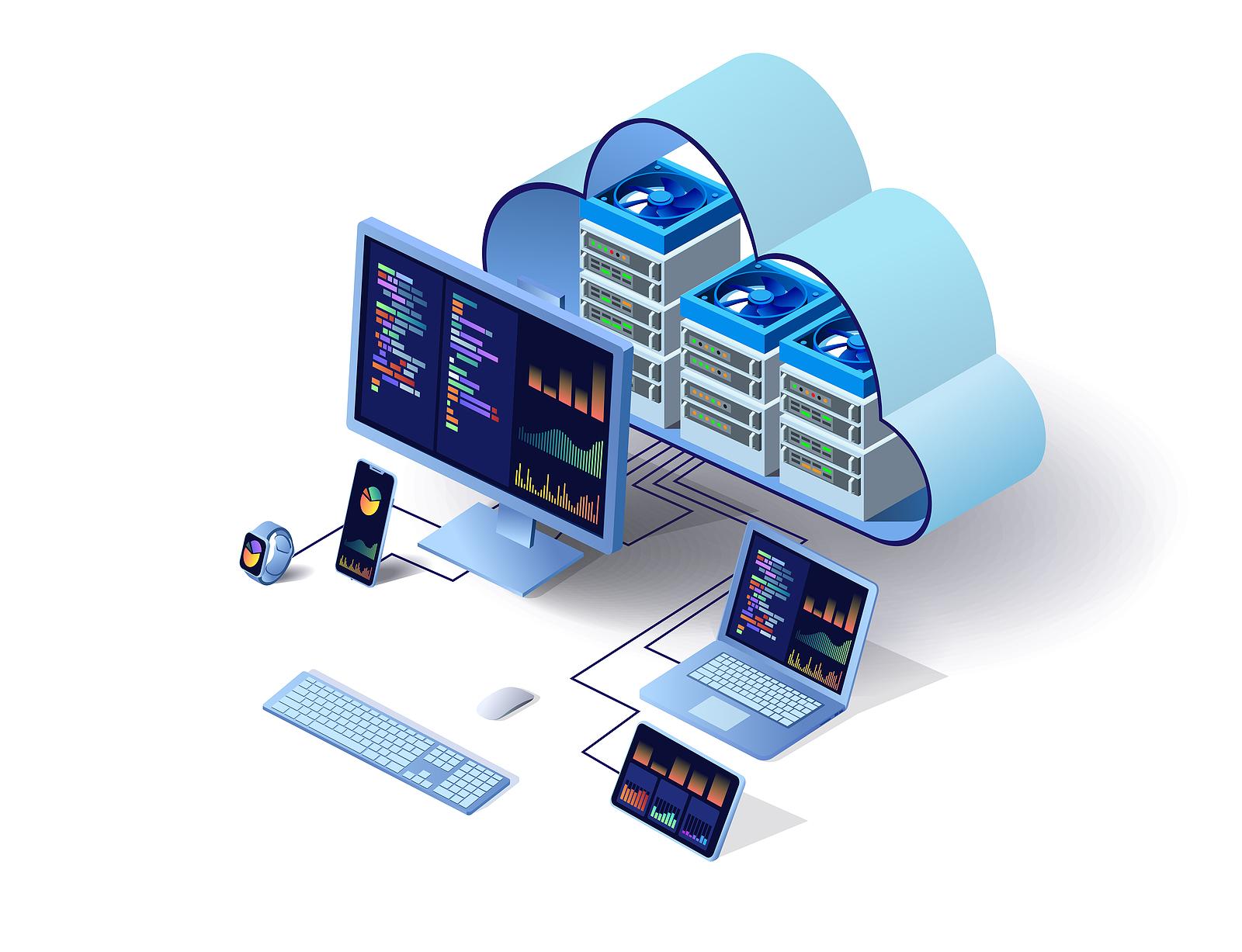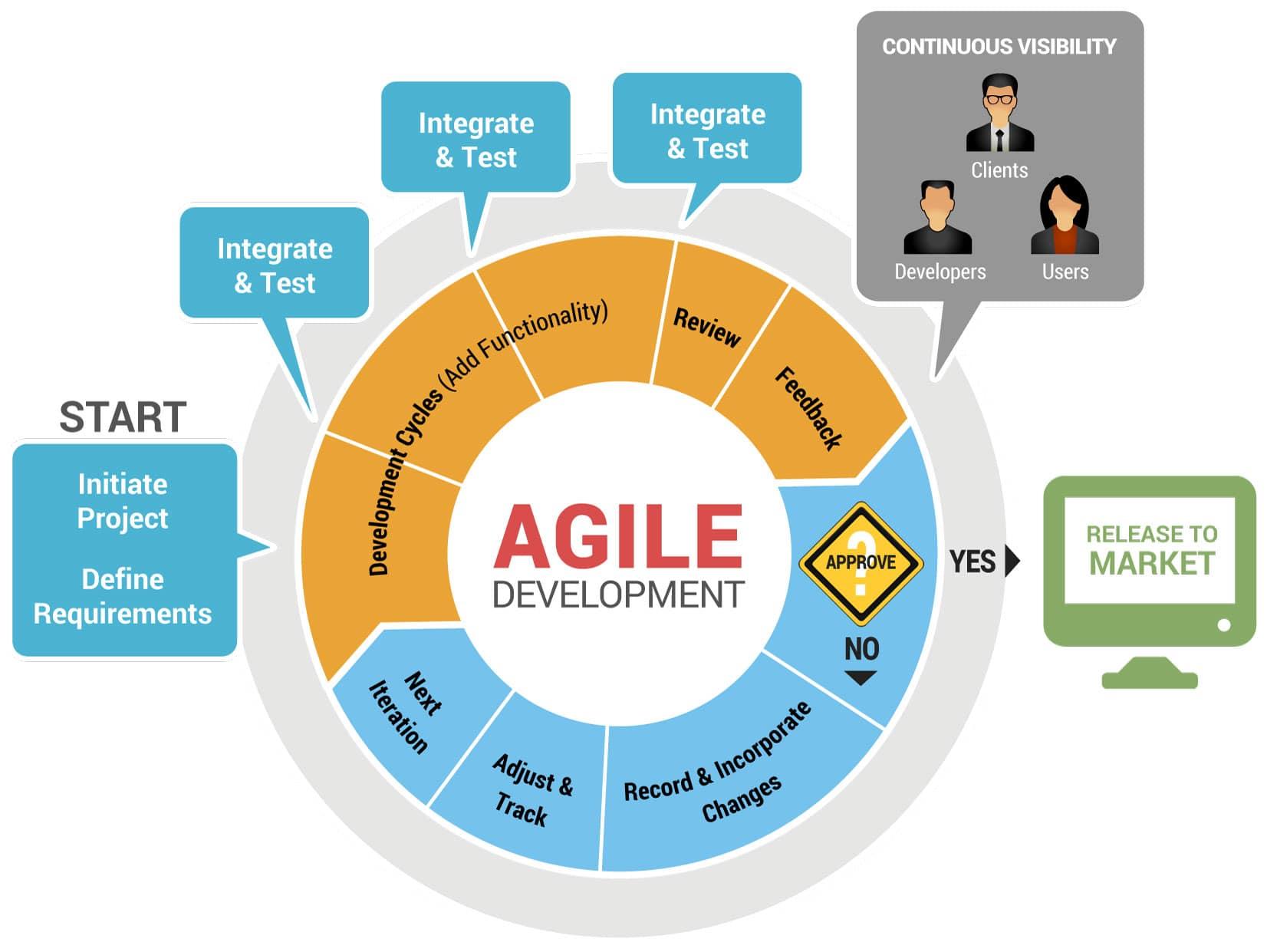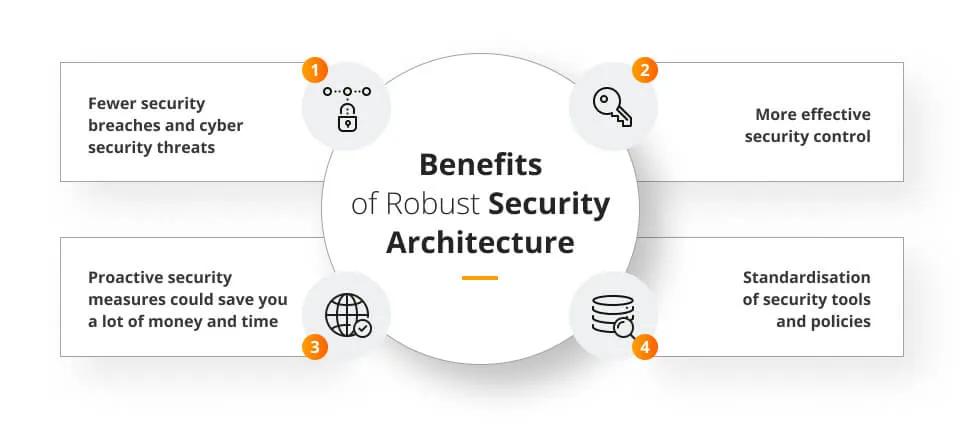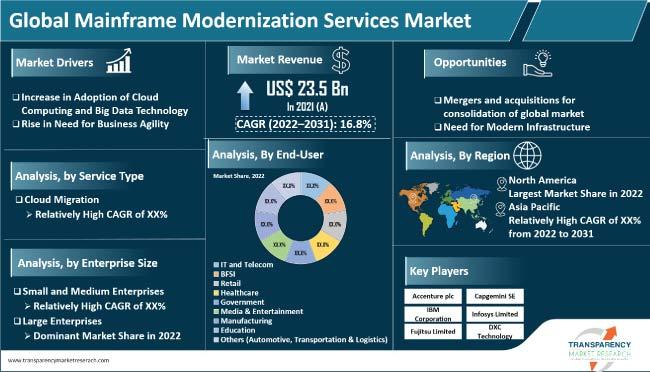In an era defined by rapid technological advancement and shifting consumer expectations, the banking industry stands at a pivotal crossroads. Traditional mainframe systems, once the backbone of financial institutions, are now increasingly viewed as relics of the past, struggling to meet the demands of a digital-first world. As customers seek seamless experiences and swift services at their fingertips, banks must confront the challenge of modernization head-on. This article explores innovative strategies for revamping aging mainframes, shedding light on the pathways that financial institutions can embark upon to enhance operational efficiency, ensure data integrity, and foster an environment ripe for future growth. Join us as we delve into the transformative journey of banking modernization, where legacy systems evolve to meet the needs of today and tomorrow.
Embracing Cloud Solutions for Enhanced Flexibility in Banking Operations
Transitioning to cloud solutions has become a pivotal strategy for banks aiming to enhance operational flexibility. By leveraging cloud technology, financial institutions can efficiently scale their operations, rapidly deploy new applications, and respond swiftly to changing market demands. Key benefits include the ability to access critical data and services from anywhere, fostering remote work and collaboration among teams. This shift allows banks to minimize expansion costs while maximizing IT agility, making it easier to integrate cutting-edge tools such as artificial intelligence and big data analytics into their systems.
Furthermore, adopting a cloud-first approach can lead to significant improvements in customer service and engagement. Banks can utilize cloud platforms to create personalized banking experiences through tailored products and services that meet the evolving needs of their clients. Key considerations for successful cloud implementation include:
- Data Security: Ensuring robust security measures to protect sensitive financial information.
- Compliance: Addressing regulatory requirements effectively.
- Cost Management: Analyzing total cost of ownership and optimizing resource allocation.
By addressing these aspects, banks are better positioned to transform their operations and offer innovative solutions, thereby maintaining a competitive edge in the digital landscape.

Integrating Agile Methodologies to Accelerate Development and Delivery
In an era where rapid innovation is paramount, integrating Agile methodologies into the process of mainframe modernization can significantly enhance both the speed and quality of product delivery. By adopting iterative development, organizations can break down the monumental task of modernizing legacy systems into manageable phases, allowing teams to deliver functional increments in shorter cycles. This approach fosters continuous feedback, which not only aligns with user needs but also ensures that the project remains adaptable to changing technological landscapes.
Key principles to embrace include:
- Collaboration: Cross-functional teams should work closely, bridging the gap between IT and business units.
- Continuous Integration: Regularly merging code changes reduces integration challenges, leading to early detection of issues.
- Incremental Delivery: Delivering small, functional pieces of the system allows users to realize benefits sooner and offers opportunities to refine future work.
| Agile Methodology | Benefits for Mainframe Modernization |
|---|---|
| Scrum | Structured sprints enhance focus and productivity. |
| Kanban | Visual management of workflow to optimize tasks. |
| Extreme Programming (XP) | Emphasizes technical excellence and flexibility. |

Harnessing Data Analytics for Improved Customer Insights and Personalization
Data analytics plays a pivotal role in transforming how banks engage with their customers. By leveraging advanced analytics tools and techniques, financial institutions can mine vast amounts of data to uncover hidden patterns and preferences. This process allows banks to deliver tailored offerings that resonate with individual customer needs, such as:
- Targeted marketing campaigns that align with customer interests and behaviors.
- Dynamic pricing models that adjust based on user profiles and transaction history.
- Proactive customer service that anticipates issues before they arise.
Moreover, integrating machine learning algorithms enables continuous learning from customer interactions, thereby enhancing personalization strategies over time. This results in not only improved customer satisfaction but also increased loyalty and retention rates. Consider this table showcasing the impact of personalized banking experiences:
| Personalization Strategy | Customer Engagement Improvement |
|---|---|
| Customized Product Recommendations | 32% increase in acceptance rates |
| Personalized Communication | 45% boost in open rates |
| Predictive Financial Insights | 25% growth in proactive customer interactions |

Implementing Robust Security Measures to Safeguard Modern Banking Systems
In the digital age, where data breaches and cyber threats are rampant, it is paramount for banks to adopt advanced security protocols that not only protect sensitive information but also foster customer trust. This involves implementing multi-layered security frameworks that combine encryption technologies, biometric authentication, and real-time monitoring systems. By utilizing artificial intelligence and machine learning, banks can predict potential threats and adapt their strategies accordingly, creating a more resilient infrastructure. Key components of a robust security strategy may include:
- Regular security audits and penetration testing
- Secure communication protocols (e.g., HTTPS, TLS)
- Employee training and awareness programs
- Incident response plans
- Data loss prevention measures
Additionally, establishing a culture of security-first mindset across all banking operations can significantly elevate security standards. Collaboration with cybersecurity firms for expertise and insights is essential for identifying vulnerabilities and enhancing protective measures. Investing in integrated security solutions that streamline processes while maintaining compliance with regulatory requirements is crucial. Below is a table outlining the importance of various security measures in modern banking:
| Security Measure | Importance |
|---|---|
| Encryption | Protects sensitive data from unauthorized access |
| Biometric Authentication | Enhances user verification and access control |
| Real-Time Monitoring | Enables immediate threat detection and response |
| Incident Response Plans | Ensures efficient handling of security breaches |
The Way Forward
the path to revamping banking through mainframe modernization is not just a technical upgrade; it’s a strategic imperative for financial institutions looking to thrive in an increasingly digital landscape. As we have explored, embracing cutting-edge technologies, prioritizing agile methodologies, and fostering a culture of innovation are key elements in this transformation journey. By leveraging these strategies, banks can enhance their operational efficiency, improve customer experiences, and ensure they remain competitive in a rapidly evolving marketplace.
The road ahead may be complex, but with careful planning and execution, financial institutions can turn the challenge of modernization into an opportunity for growth and resilience. As they navigate this pivotal transition, the question remains: how will your institution embrace the future of banking? The answers lie within the courage to innovate and the commitment to evolve—and the time to act is now.
